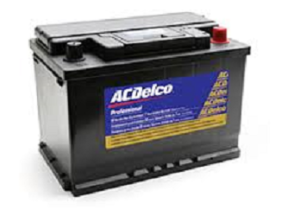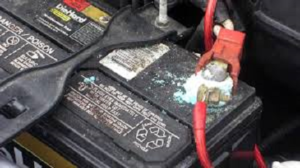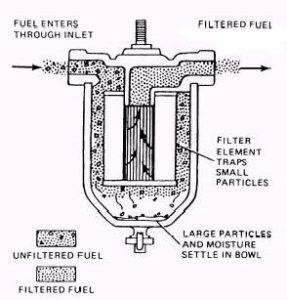Posted on 10/12/2021

How much do you know about car batteries? Very little? … me too! Our NAPA buddies have given us some basic information about car batteries to get us up to speed. When looking to replace a battery, you want to consider two things: 1) the cold cranking amps (CCA) and 2) the reserve capacity. Cold Cranking Amps CCA are generally listed on the battery and are like the power output used to start a cold vehicle engine. Being in Wisconsin, you need a battery with more cold cranking amps than you do where the weather is milder. In colder weather, it takes more power to turn your vehicle’s engine over to get it started. The engine has to deal with your car’s cold, sluggish oil. Also, the chemical reaction, that creates electrical energy, is less efficient in the cold weather. You should get a battery that has at least or more cold cranking amps than the manufacturer recommends. Reserve Capacity Reserve capacity, is the number of minutes, of reserve power, the battery has at any ... read more
Posted on 9/23/2021

I absolutely LOVE Fall! The weather is great and the tree colors are vibrant and beautiful. The Fall season also means less daylight hours. The Car Care Council would like us to be aware that with less daylight means we will be using our vehicle’s lights more. We know this of course, but may not think of it in regards to safety. If you haven’t already, check all your lights to make sure they are working correctly. This includes headlights, tail lights, brake lights (all three), turn signals, fog lights, and your interior dome lights. Pay particular attention to your headlights and tail lights. It is crucial for your safety and the safety of others that these lights work, are aimed correctly and the covers are clean for best visibility. If your car sits outside a lot, the headlights will start to look fogged over. At any local parts store, you will find a special cleaner that is available to clean them so they shine like new! Not to mention being safe and visible
Posted on 9/15/2021

For many of us, driving without power steering sounds impossible! Having to crank those great big steering wheels… oh my! How did people do it? Well, it was quite a work out that’s for sure! Maintaining Your Power Steering Let’s take a look at how to maintain your vehicle’s power steering, so you don’t have to go without this luxury. Vehicles today have a hydraulic pump, electric pump or an electric motor to help you steer. This pump is powered by your vehicle’s serpentine belt. Just like other parts of our vehicles, pumps and motors will eventually wear out and the hoses will start to leak. It pays to be proactive and have this service completed on your vehicle. Check with your vehicle’s manual and get the advice from your service adviser as to the best schedule for this service. Power Steering Service This service will include replacing the power steering fluid, and lubing the mechanical parts as needed. During a routine oil change, our technicians will also lube any parts as ne ... read more
Posted on 9/1/2021

Corrosion on top of a battery is usually caused by the battery itself leaking acid through a seal and around the post. The corrosion could also have built up due to a bad connection. You should clean up the corrosion. If it comes right back, it is time to replace the battery. Be very careful when handling a corroded battery and take preventive measures. Wear latex or latex-free gloves and safety glasses. Stay safe
Posted on 7/8/2021

A fuel filter is absolutely necessary! It screens out dirt, rust and other foreign particles from the fuel that can damage your vehicle’s fuel injectors. Even the smallest particles can cause considerable wear and tear to an engine. Your vehicle may have been experiencing one or more of the following symptoms: cuts out or loses power driving up an incline, such as a bridge, or was experiencing poor gas mileage. As the filter gets dirty, the fuel pump works much harder. And in some cases, complete engine shutdown. Hope that this was not the scenario for your vehicle! This filter needs to be replaced on a regular basis. It’s best to replace your car’s fuel filter every 2 years or 24,000 miles